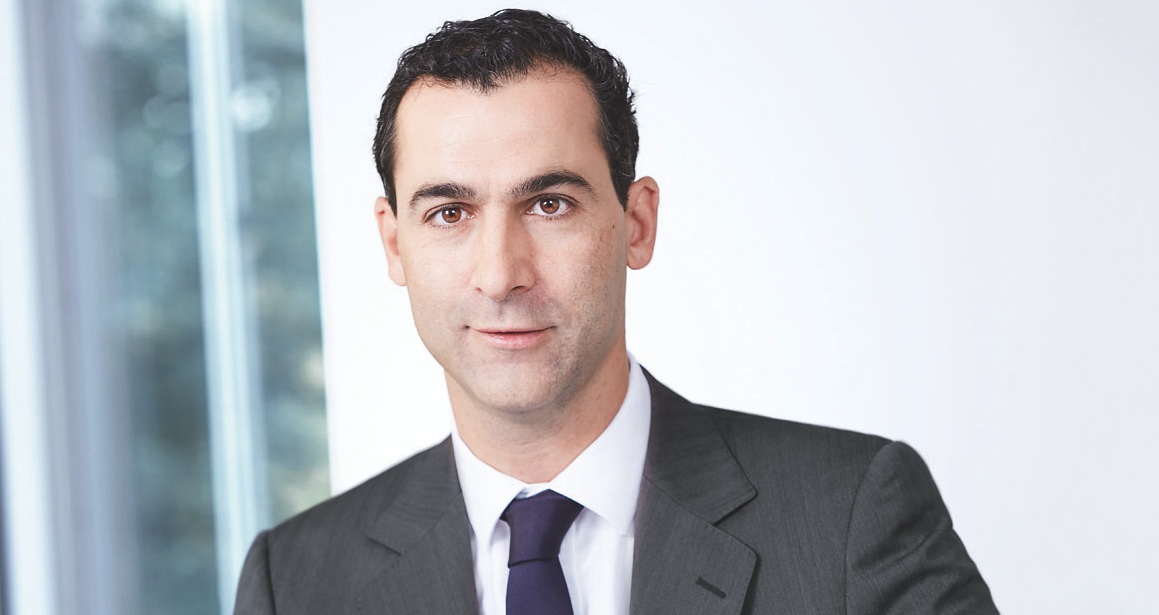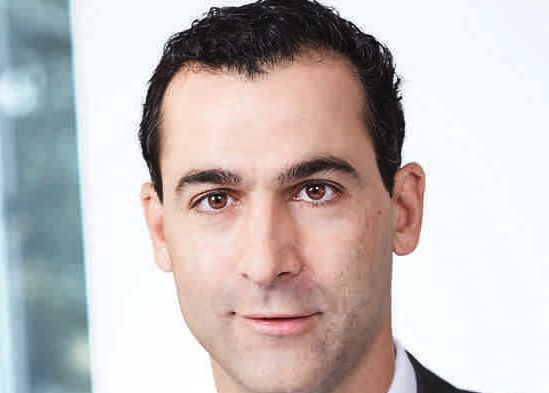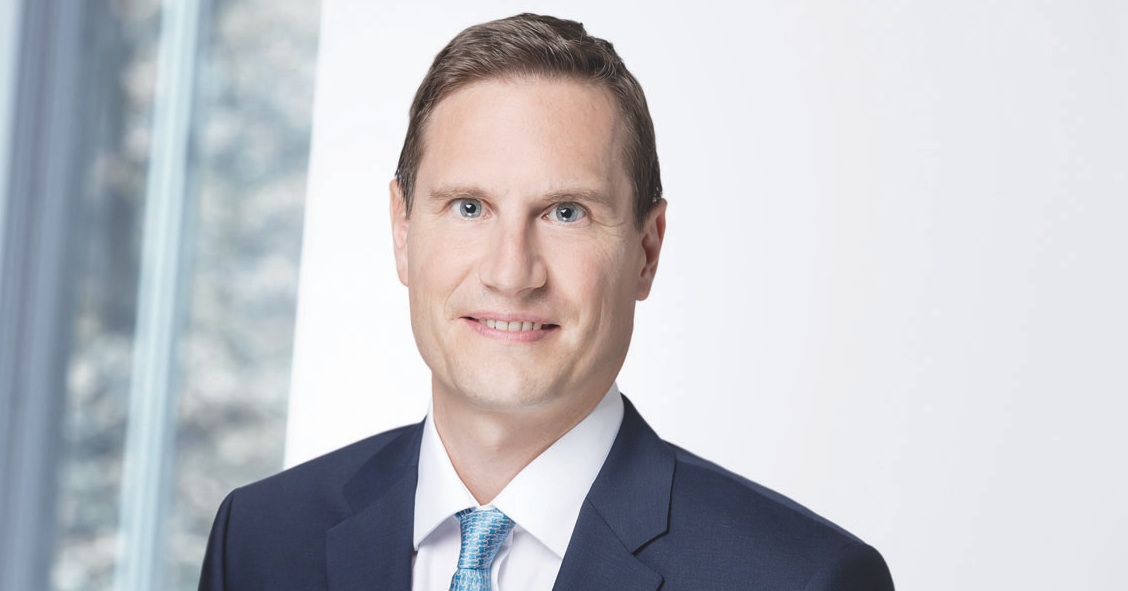Hervé Hanoune, Head of Fixed Income at Vontobel AM and fund manager of the Vontobel Fund- Bond Global Aggregate, explains in this interview with Funds Society where he is looking for the best opportunities in the asset class.
In a low minimum return environment in many debt assets, is there still value?
Yes, of course, from a bond investor’s perspective, the current environment is actually a rather positive one, in particular for spread products. The reason is very simple.We face a landscape with low interest rates and low inflation, combined with slow or even sluggish economic growth. Low inflation will keep rates down and slow growth will keep corporates above water and enable them to meet their coupon payments and roll over their debts. Currently, we retain a positive view on European financials, insurers, utilities and the euro-zone “periphery” – the latter due our expectation that ECB President Mario Draghi will stress his wishes to normalise spread levels within the euroarea. We particularly like legacy tier-1 paper Intesa, BNP, Natixis, NSBC as well as insurers like AXA, Allianz, Groupama and Zurich.
In the current environment, with low rates in spite of they are likely to increase in the US, what do you prefer, duration risk or credit risk?
I actually prefer a global flexible fixed income approach. I don’t believe that investors are well compensated by being exposed to duration. Duration risk is notoriously difficult to manage, particularly in the current environment, where it is exacerbated by the asymmetric nature of the risk caused by low interest rates. With central-bank rates near zero, this danger is self-evident. The increase in duration has the effect of exposing bond portfolios to ever-larger drawdowns. But the good news is the fixed income universe is very large and in addition to traditional strategies there are further strategies that investors should consider, for example, multiplying the opportunity set, and that means investing globally. Investors should diversify by investing across asset classes, investment strategies and time horizons which helps to improve the risk-return profile of their portfolios. Last but not least, investors can also harvest returns by seizing relative-value opportunities.
Does it depend on the geographic area?
I believe that geographical diversification plays a key role. Indeed, investors who broaden their geographical scope from a local or continental one to a global one will be rewarded with a far larger choice of investment opportunities and strategies. I believe diversifying in today’s environment is crucial as bond investors require an approach that is capable of delivering returns, regardless of the direction of interest rates and regardless of market cycles. So opportunities for fixed-income investors will arise as long as they diversify and remain flexible.
Can you comment your positions in credit and public debt in your portfolio?
Our top ten positions are balanced between credit and public debt which reflects our conviction on issuers and sectors. In terms of public debt, we hold long-term UK and Portuguese government bonds. The UK is offering very attractive yields and while the currency would be at risk from a potential Brexit, gilts should prove resilient in the face of a British exit from the EU. Portugal in turn is a big beneficiary from the ECB bond purchase programmeand the market has yet to price this fully. In terms of credit, as outlined above, we like solid carry products, too. For example, we favor solid Italian financial institutions like Intesa Sanpaolo, one of the largest Italian banking groups.
In this context with so many news of central banks, how can they weight on markets and how do you manage it in your portfolio?
Our investment proposition is well prepared to handle these challenges. We only invest in areas where we see value. Therefore, we are able to avoid investments that we consider too expensive following the ECB bond purchases, e.g. German government bonds. In other areas, such as the euro zoneperiphery, we see the ECB action as supportive for our investments in carry products. As announced in April, the ECB is happy for now with their measures including extended bond purchases. With regards to the Fed, we only expect 1-2 additional rate hikes for this year, but this expectation is not set in stone. We have seen that the Fed is in a really dovish mode and has somewhat changed their typical behavior, so we need to act with some flexibility here.
Which are the major risks in this environment?
We believe that the strongest risks are now tied to capital preservation trades, which could sharply deteriorate when market normalize. We identify US duration as the strongest source of risk for the next couple of months.The need to be flexible/tactical is even more important now than at the beginning of the year. Our central scenario of sluggish but positive global growth, with very low inflation pressure, continues to be the one signalled by the economic data released so far. Especially in Europe and Japan, an investment landscape with zero or negative interest rates can prevail for still some time. We continue to believe that there are many opportunities present right now as the low liquidity and market stress creates many inefficiencies.
Regarding valuations, are the pricing a recession?
We clearly saw the credit market at recessionary type of valuations in January and February, but the recovery since then has led to more normal levels. We consider the general credit market fairly valued but pockets of value still exist.
Are there bubbles in some segments?
If you see the level at where German government bonds are trading, one can conclude that some government bond markets might be in bubble territory.
In Europe, you see value in peripheral debt, as Spain, Italy or Portugal. Why?
Yes, as mentioned before, peripherals are attractive, mainly Portugal and Italy, as their fundamentals are improving and they are supported by the ECB. There is an ongoing mutualisation of European debt, which is not priced in yet by the market.
Are you concerned about political risk in markets like Spain? How can it affect?
In the context of the current political trend where the electorate moves away from the established parties, this could have a negative effect. But as you could see it in Portugal, the market pays more attention to the ECB actions than to the national politics.
Currencies and sharp moves in markets like China or US are key issues now.
We remain short on various Asian currencies and will continue to actively manage our exposure to this theme when prices change. We also believe that the oil prices have stopped to correct and that producers will recover in the next few months with emerging-market oil-producing economies likely to outperform importers. As a consequence, we are long on the Russian rouble, and short on the Turkish lira.
We certainly have an element of competitive devaluation and the US took the main burden in 2015 by appreciating strongly. The US has made clear to the Chinese that they are not willing to accept a further appreciation at their expense and so the Chinese have turned to the Japanese Yen. Given that scenario, we can expect some indications that the BoJ will devalue their currency again.
Which sectors do you like?
We retain a positive view on European financials and insurers. In addition, we like utilities, industrials and peripherals. In summary, exposure to credit is defined from a top-down perspective. However, the sector and issuer exposure is constructed through a detailed bottom-up approach supported by our experienced credit analysts. As with all other asset classes within the permitted investment universe, the value of credit is continually assessed relative to other asset classes.
Geographically, how is positioned your portfolio?
Our top 5 country weightings are the UK, France, Portugal, Italy and Germany.
It is time to enter in emerging countries? What do you think about Latin America?
We remain cautious on emerging markets, particularly on local currencies. As mentioned above, oil prices have stabilized which will help producers to recover in the next months. However, we are still very selective in emerging market hard currency sovereigns. In Latin America, we therefore consider countries such Mexico and Colombia attractive.
This is the personal opinion of the author and does not necessarily reflect the opinion of Vontobel Asset Management.



